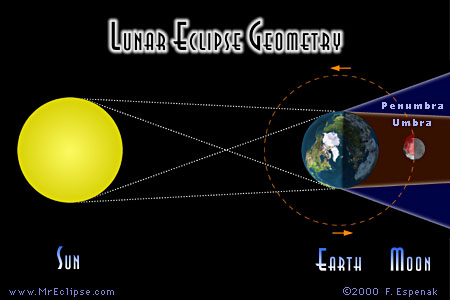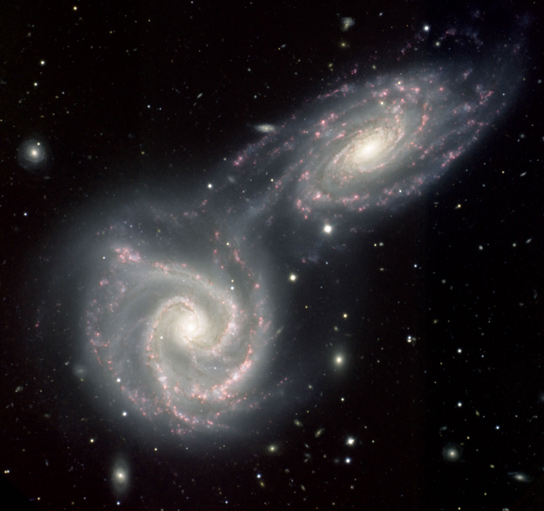Technology
A lot of people who are interested in
science, have a habit of not paying attention to the technologies scientists
use to do their experiments and/or research. I’m one of those people so
researching and writing about scientist’s (mainly astronomer’s) technologies is
going to be hard. On the other hand, scientists can go on and on about the
technologies that they use. Scientists use technology so much that they feel like
technology is part of their daily routine and life.
· Satellites are
used by all kinds of scientists. They help scientists by taking pictures of the Earth or any other extraterrestrial things. Satellites are also used for communication. Telephone lines, television shows, GPS signals, and many more need satellites in order to perform their activities.
· Radio interferometers are used by astronomers to study celestial (space) objects. Large antennas
send radio waves into space, making an image out of the object that is blocking the way of the waves.
· Robots are
very important for astronomers. Mobile robots can travel to places where humans
cannot in space. They take pictures and send them to the scientists. Human-like
robots were made to perform daily tasks of the astronauts.
.
· Spectrographs
are used by astronomers to measure the spectra, meaning the light waves, of stars and galaxies.
· Computers help
astronomers by it having useful tools and apps that the scientists can use to study space, like Microsoft Windows for example.
· Space shuttles
help astronauts travel to places in space to take a closer look at things.
· Telescopes are
very important to astronomers, but I’m sure that you all know what they help
scientists do. The Hubble Telescope is a telescope made to perform the same
tasks as a satellite, but also works as a telescope. (No idea why they can’t just call it the Hubble Satellite.)
\
 Mercury is the first planet form the sun. It's size is about the same as Earth's moon, but just a little bit bigger. It's the smallest planet in our solar system. This planet has no atmosphere and there are a lot of craters (holes) on it. Since this planet is the closest to the sun, the side that gets shined on is super hot. Surprisingly, on the other side of Mercury that isn't radiated by the sun is super cold. Sometimes it goes about hundreds of degrees below freezing temperature. It takes Mercury 88 days to complete an orbit around the sun. One day on Mercury takes 59 Earth days which means that it takes 59 Earth days for the side of Mercury that was getting radiated by the sun to spin into the freezing side (the side that doesn't get shined). This planet has no moons. It's about 58 million km. from the sun and it has no known living organisms inhabiting on it.
Mercury is the first planet form the sun. It's size is about the same as Earth's moon, but just a little bit bigger. It's the smallest planet in our solar system. This planet has no atmosphere and there are a lot of craters (holes) on it. Since this planet is the closest to the sun, the side that gets shined on is super hot. Surprisingly, on the other side of Mercury that isn't radiated by the sun is super cold. Sometimes it goes about hundreds of degrees below freezing temperature. It takes Mercury 88 days to complete an orbit around the sun. One day on Mercury takes 59 Earth days which means that it takes 59 Earth days for the side of Mercury that was getting radiated by the sun to spin into the freezing side (the side that doesn't get shined). This planet has no moons. It's about 58 million km. from the sun and it has no known living organisms inhabiting on it.  Venus is a hot volcanic planet. It's the second planet form the sun. It has a thick atmosphere which traps the sun's radiation making it the hottest planet in our solar system. It's atmosphere can go up to about 465 degrees Celsius. This planet has about the same size as Earth. One day on Venus is 243 Earth days and it takes this planet 224 Earth days to complete an orbit around the sun. Both Venus and Earth have a core and a mantle. Venus' orbit is different from any of the other planets. It spins in a different direction. Astronomers think that the cause for this is because of an asteroid that crashed into Venus and thus reversing the spinning direction. The robots/machines that was sent to explore Venus exploded about a few hours after it landed on the scorching planet. Scientists discovered that there is life in Venus.... Just kidding... There hasn't been any organisms that is able to live on that volcano filled planet.
Venus is a hot volcanic planet. It's the second planet form the sun. It has a thick atmosphere which traps the sun's radiation making it the hottest planet in our solar system. It's atmosphere can go up to about 465 degrees Celsius. This planet has about the same size as Earth. One day on Venus is 243 Earth days and it takes this planet 224 Earth days to complete an orbit around the sun. Both Venus and Earth have a core and a mantle. Venus' orbit is different from any of the other planets. It spins in a different direction. Astronomers think that the cause for this is because of an asteroid that crashed into Venus and thus reversing the spinning direction. The robots/machines that was sent to explore Venus exploded about a few hours after it landed on the scorching planet. Scientists discovered that there is life in Venus.... Just kidding... There hasn't been any organisms that is able to live on that volcano filled planet.





















